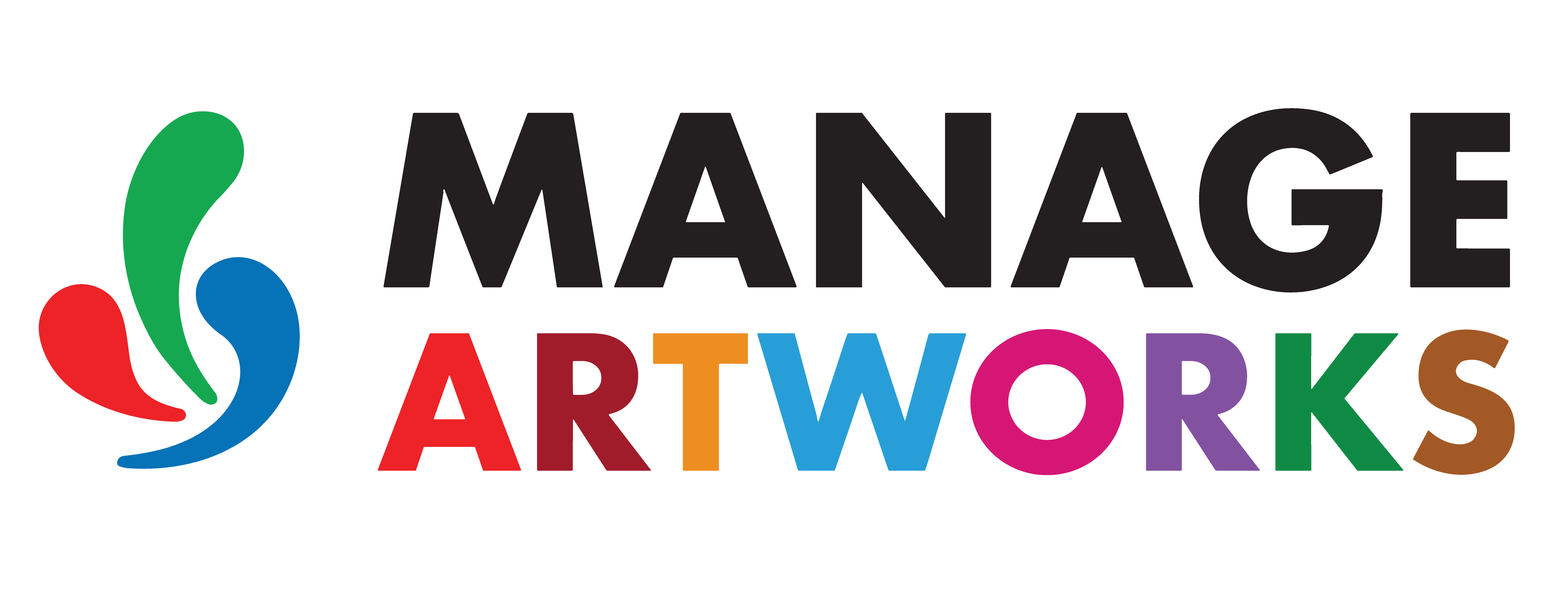Unicode Standard for Fonts
In PDFs, text is represented using character encodings — a system that maps characters (letters, symbols, numbers) to specific numeric values. The most reliable and universal encoding method is the Unicode standard, which assigns a unique code point to every character across all writing systems, languages, and symbols.
When a PDF adheres to Unicode standards, text can be extracted, compared, and analyzed accurately by proofing and automation tools. However, not all PDFs are built this way. Some fonts or creation tools apply non-standard mappings, which can lead to misinterpretation of text content.
Common Issues with Non-Standard Unicode Fonts
| Issue | Description |
|---|---|
| Embedded fonts with custom encodings | Certain PDFs embed fonts using custom or partial encoding schemes instead of Unicode. These fonts display correctly visually but fail to expose the proper character information to extraction tools. |
| Non-standard character-to-glyph mapping | In these cases, visual characters (glyphs) are linked to arbitrary internal codes. While they look correct in the PDF viewer, proofing software may extract them as meaningless or incorrect characters. |
| Identity-H or Identity-V encodings | Some fonts use “Identity” mappings, which bypass Unicode entirely and rely on font-specific glyph indexes. This is common in CJK (Chinese, Japanese, Korean) or symbol-heavy documents, and it prevents direct text interpretation. |
Why It Matters for Proofing?
Proofing operations such as text comparison, spell checks, and content validation depend on accurate text extraction. When a PDF uses non-Unicode or custom encodings, these processes can fail or return unreadable text (“garbled” characters).
Our proofing system includes intelligent font-decoding mechanisms to interpret common non-standard mappings and recover readable text where possible. However, for best results, designers and prepress teams should ensure that:
- Text objects in artwork files are encoded using Unicode-compliant fonts.
- Fonts are embedded correctly during PDF export.
- Non-Unicode or proprietary typefaces are avoided wherever possible.
Ensuring Unicode compliance not only improves text reliability in proofing but also enhances long-term document compatibility and accessibility.
